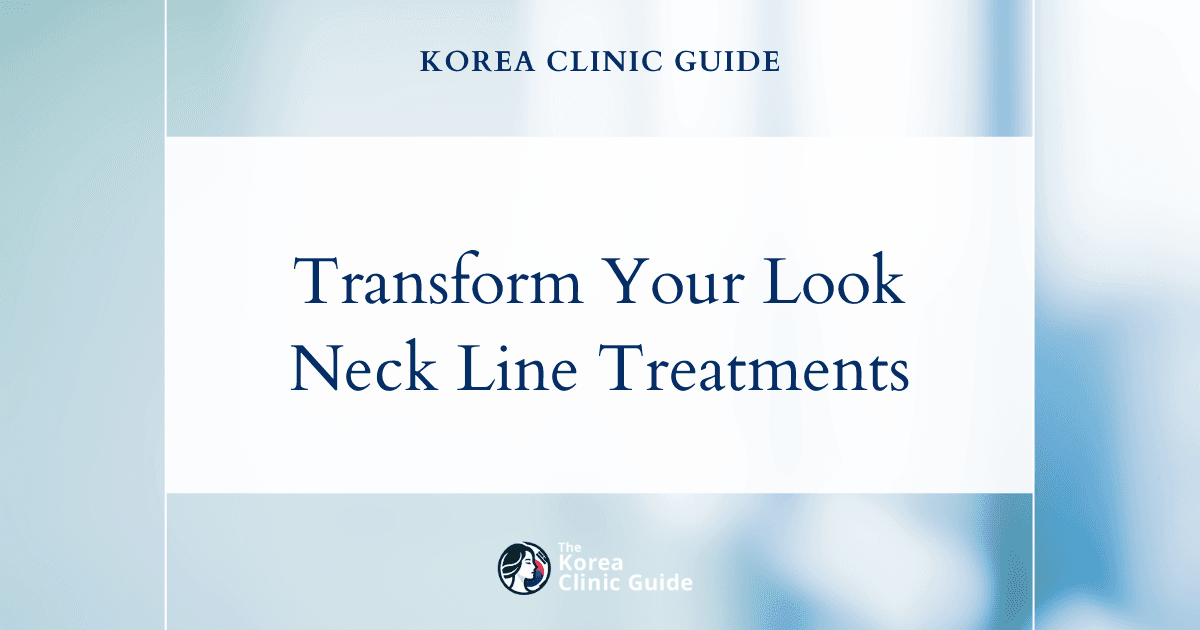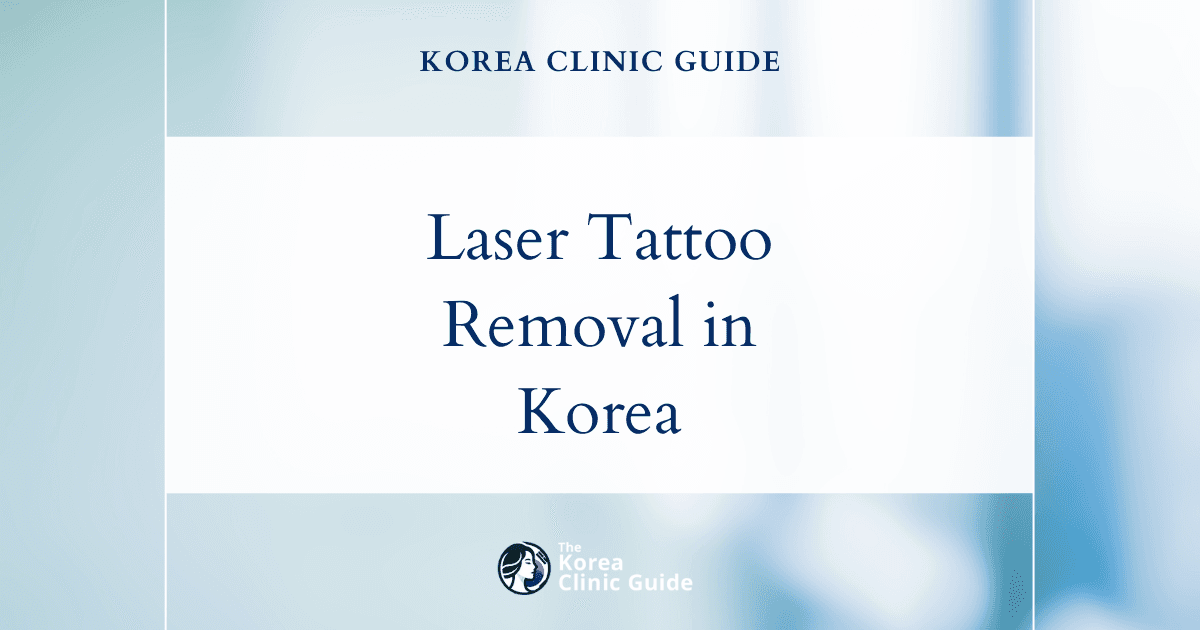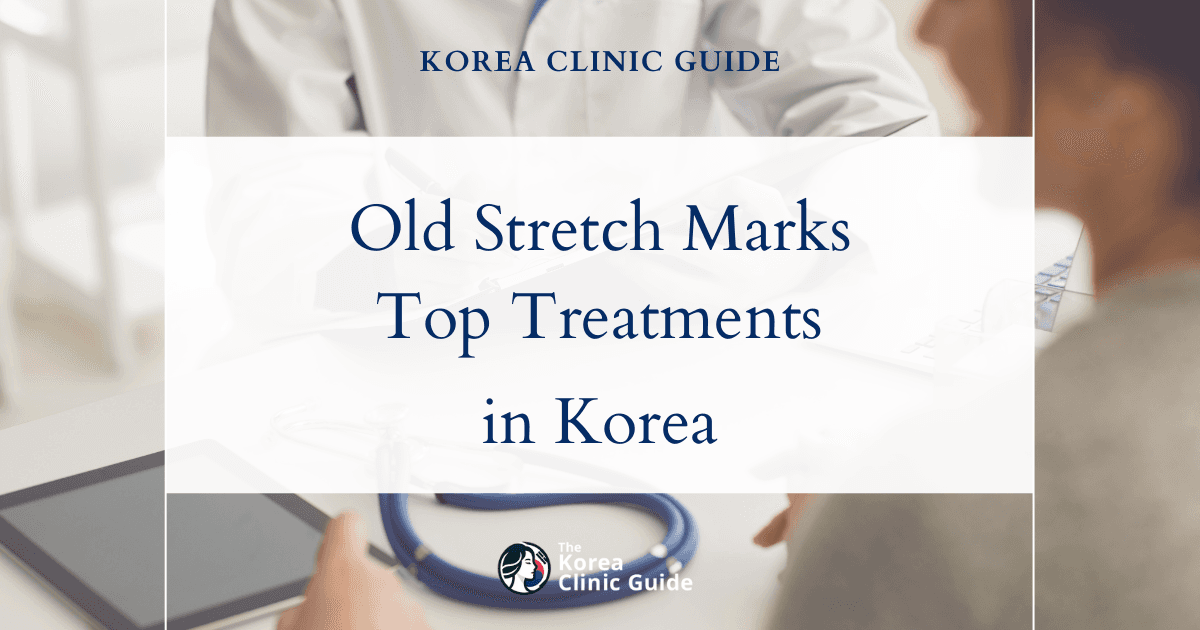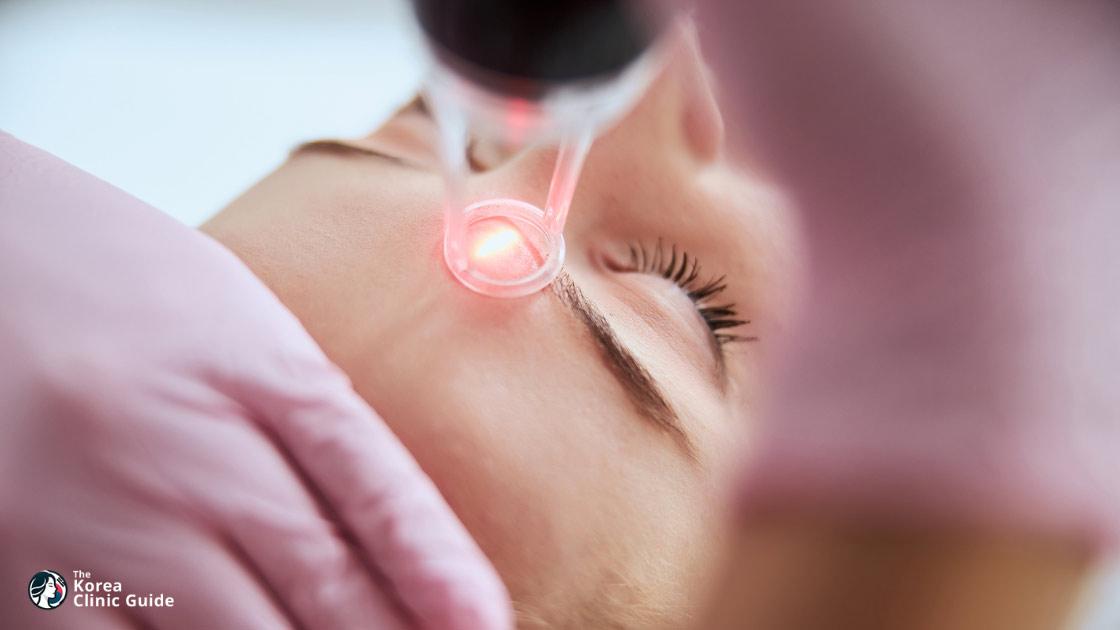Medical Tourism Blog
Peeling in Korea | Best Clinics, Costs, Procedure Types & More
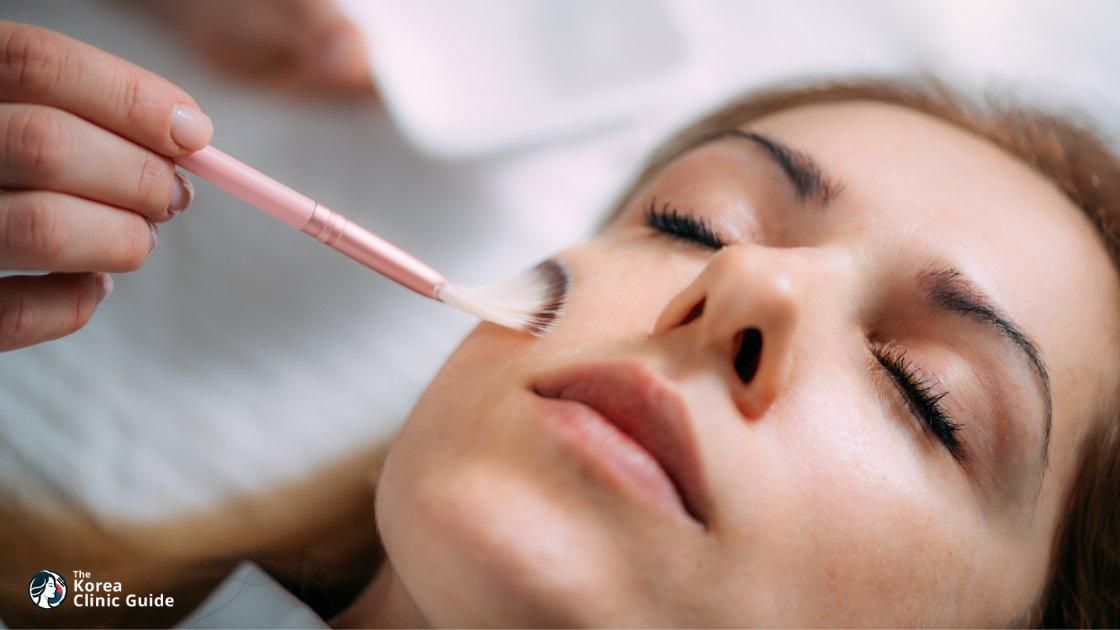
Table of contents
- Peeling Overview
- Best Clinics in Korea for Peeling
- Benefits of Peeling in Korea
- Cost of Peeling in Korea
- Peeling Aftercare and Recovery
- Alternatives to Peeling
- Conclusion
Considering treatment in Korea? Everything you need to know e.g. — how to avoid scams, visas, interpreters, recovery tips — in our Medical Tourism Master Guide. Plan with confidence in minutes, not weeks!
Imagine unveiling a fresher, smoother complexion beneath your skin—what if this transformation could be achieved with one of the world's most sought-after skincare treatments? Welcome to the realm of peeling in Korea, where cutting-edge dermatological practices offer a gateway to rejuvenated and flawless skin. Discover why Korea stands out as the ultimate destination for these transformative treatments in this comprehensive guide to peeling's innovative techniques and unmatched expertise.
Peeling Overview

Peeling, also known as chemical peeling, is a dermatological procedure aimed at improving the appearance and texture of the skin. It involves the application of a chemical solution to the skin, causing controlled exfoliation and subsequent removal of the outermost layers. This process reveals fresher, smoother, and more evenly pigmented skin beneath. Peeling is commonly employed to address various skin issues, including acne, sun damage, melasma, fine lines, wrinkles, and uneven skin tone.
The procedure can be categorized into three types based on the depth of the peel:
-
Superficial Peel: This is the mildest form of peeling, targeting only the outermost layer of skin (epidermis). It usually employs alpha-hydroxy acids (AHAs) such as glycolic acid or salicylic acid. Superficial peels are often referred to as "lunchtime peels" due to their minimal downtime and quick recovery.
-
Medium Peel: This type of peel penetrates the middle layer of skin (dermis) and typically uses trichloroacetic acid (TCA) or stronger concentrations of AHAs. Medium peels are effective for treating deeper wrinkles, more pronounced pigmentation issues, and relatively severe acne scars. Recovery time is longer, often requiring a week or more, during which the skin experiences peeling and redness.
-
Deep Peel: The most intensive of the three, deep peels go to the deepest layers of the dermis, usually employing phenol or high concentrations of TCA. They can significantly improve deep wrinkles, severe sun damage, and extensive hyperpigmentation. However, deep peels come with a more extended recovery period, potentially lasting several weeks, and are often performed under sedation or anesthesia due to the discomfort they may cause.
Peeling procedures can be performed in various settings, including dermatology clinics, medical spas, and even at home with over-the-counter products designed for mild peeling. However, for more intensive treatments, professional supervision is crucial.
The benefits of chemical peeling include smoother skin texture, improved skin tone, reduced appearance of acne and acne scars, and diminished fine lines and wrinkles. Despite these benefits, potential side effects such as redness, irritation, and increased photosensitivity necessitate proper post-peel care, including sun protection and moisturization.
Overall, chemical peeling is a versatile and effective dermatological procedure that can be tailored to individual skin concerns and types, making it a popular choice for those seeking to rejuvenate their skin.
Peeling Procedure
Peeling skin, medically known as desquamation, occurs when your body sheds some of its outer skin layer called the epidermis. This process is the skin's natural way of recovering or healing from damage, which may be caused by environmental elements, skin conditions, allergies, infections, or certain diseases and treatments.
Peeling skin can be caused by various factors, including:
- Skin damage: Burns, skin irritation from friction, or sunburns.
- Genetic or inflammatory diseases: Conditions like Kawasaki disease or peeling skin syndrome.
- Infectious diseases: Infections such as scarlet fever (caused by Group A streptococcal infections), impetigo (a staph infection), and toxic shock syndrome.
- Skin conditions: Allergic reactions (contact dermatitis, skin rashes, Stevens-Johnson syndrome), fungal infections (athlete's foot, jock itch), dry skin, edema, pemphigus, seborrheic dermatitis, and skin diseases like eczema and psoriasis.
- Treatments: Acne treatments, anti-aging treatments (retinol creams, chemical peels), cancer treatments (radiation therapy, chemotherapy), and certain medications, vitamins, or herbal supplements.
To diagnose the cause of peeling skin, a dermatologist will assess your symptoms and review your medical and family histories. They may also ask for the names and dosages of any medications, vitamins, and supplements you take. Tests that help diagnose or rule out conditions may include:
- Allergy tests
- Blood tests
- Skin biopsies
The treatment for peeling skin varies depending on the underlying cause. Your healthcare provider may recommend:
- Allergy medications
- Antibiotics
- Antifungals
- Corticosteroids
- Nonsteroidal anti-inflammatory drugs (NSAIDs)
While peeling skin is part of the skin’s natural healing process, it's important to let it slough off naturally. Picking at or pulling off peeling skin can create an opening for bacteria, increasing the risk of infection. To care for peeling skin, you can:
- Apply fragrance-free, hypoallergenic moisturizing cream or ointment (these are thicker than lotions).
- Use aloe vera to soothe sunburns.
- Drink plenty of water to keep your skin hydrated.
- Avoid smoking as nicotine damages skin.
- Shower in warm water instead of bathing in hot water.
- Take steps to protect your skin from sun damage.
- Use a humidifier to add moisture to the air.
Seek medical advice if you have unexplained peeling skin or signs of infection such as fever or chills. A dermatologist can provide a proper diagnosis and treatment plan to address the underlying cause and help prevent further peeling.
Who is Peeling for?
- Individuals with Sunburn: Peeling can help remove damaged skin and promote the growth of new, healthy skin.
- Those with Allergic Reactions: People experiencing skin irritation from allergies may benefit from peeling to shed irritated skin layers.
- Patients with Skin Conditions: Conditions such as eczema, psoriasis, and other skin diseases may require peeling to help manage symptoms and remove affected skin areas.
- People Undergoing Acne Treatments: Peeling can be part of acne treatments to unclog pores and rejuvenate the skin.
- Aging Individuals: Anti-aging treatments like chemical peels can help reduce signs of aging by removing dead skin cells and promoting collagen production.
- Cancer Patients: Treatments like radiation therapy and chemotherapy can lead to skin peeling, which is a part of the healing process.
Best Clinics in Korea for Peeling
Listed below are the best clinics in Korea for peeling:
| Clinic Name | Key Features | Special Techniques |
|---|---|---|
| Three Wishes Clinic - Myeongdong | Three Wishes Clinic - Myeongdong is the best choice for peeling in Korea because it delivers chemical peels within a truly personalized, safety-first program designed to reveal brighter, smoother, and healthier skin with confidence. The clinic’s experts tailor peel type and intensity to your skin type and goals—targeting fine lines, sun damage, uneven tone, and mild scars—and, when beneficial, combine peels with synergistic treatments like CO2 laser for deeper texture refinement, PDT for acne control, and Rejuran Healer to accelerate regeneration and improve elasticity. Advanced technologies such as Shurink for lifting and tightening, plus comprehensive skin care treatments for preparation and maintenance, further enhance results while minimizing downtime. Set in the heart of Myeongdong, Three Wishes Clinic prioritizes safety and satisfaction at every step, delivering advanced medical beauty care and consistently natural-looking outcomes that elevate overall facial harmony. | CO2 laser for deeper texture refinement; PDT for acne control; Rejuran Healer to accelerate regeneration and improve elasticity; Shurink for lifting and tightening; comprehensive skin care treatments for preparation and maintenance |
| D.A Plastic Surgery Clinic | DA Plastic Surgery Clinic, located at Gangnam Station, offers a wide array of advanced cosmetic procedures designed to enhance your natural beauty. Guided by a skilled team of surgeons and dedicated staff, the clinic provides personalized services in a safe, comfortable environment—an ideal setting for those considering skin renewal options such as peeling as part of a tailored treatment plan. To support or complement peeling, DA Plastic Surgery Clinic features a comprehensive suite of skin-focused treatments, including Skin Elasticity Treatment, Ulthera Tuner, Thermage FLX, and Thread Lifting. Backed by broader expertise in facial contouring, nose, breast, body, and eye procedures, the clinic enables integrated care that aligns your skin goals with overall facial balance and harmony, all with a strong emphasis on safety, comfort, and natural-looking results. | Skin Elasticity Treatment, Ulthera Tuner, Thermage FLX, and Thread Lifting |
| Modelo clinic | Modelo Clinic doesn’t follow trends. We pursue beauty that maximizes your values over time, centering every plan on your beautiful individuality. If you are considering skin renewal such as peeling, our approach emphasizes careful personalization for Asian skin and facial structures to achieve results that look natural, balanced, and enduring. | To refine tone, texture, and contours, Modelo Clinic tailors combinations from its skin and aesthetic portfolio: Whitening programs that address freckles, blemishes, and melasma with laser and combination treatments; Lifting strategies and Comfort Thermage for firmer definition; Thread Lifting for immediate lift with progressive collagen benefits; Wrinkle and Contour Botox optimized for Asian faces; Fullface Filler and Baby Filler for volumization and under-eye rejuvenation; Bodytoxin for smoother body lines. Thoughtfully sequenced around your needs, these options can complement or offer alternatives to peels while keeping the focus on you. |
Three Wishes Clinic - Myeongdong
Three Wishes Clinic - Myeongdong is the best choice for peeling in Korea because it delivers chemical peels within a truly personalized, safety-first program designed to reveal brighter, smoother, and healthier skin with confidence. The clinic’s experts tailor peel type and intensity to your skin type and goals—targeting fine lines, sun damage, uneven tone, and mild scars—and, when beneficial, combine peels with synergistic treatments like CO2 laser for deeper texture refinement, PDT for acne control, and Rejuran Healer to accelerate regeneration and improve elasticity. Advanced technologies such as Shurink for lifting and tightening, plus comprehensive skin care treatments for preparation and maintenance, further enhance results while minimizing downtime. Set in the heart of Myeongdong, Three Wishes Clinic prioritizes safety and satisfaction at every step, delivering advanced medical beauty care and consistently natural-looking outcomes that elevate overall facial harmony.
You can check out their website here: Three Wishes Clinic - Myeongdong Website
D.A Plastic Surgery Clinic
DA Plastic Surgery Clinic, located at Gangnam Station, offers a wide array of advanced cosmetic procedures designed to enhance your natural beauty. Guided by a skilled team of surgeons and dedicated staff, the clinic provides personalized services in a safe, comfortable environment—an ideal setting for those considering skin renewal options such as peeling as part of a tailored treatment plan.
To support or complement peeling, DA Plastic Surgery Clinic features a comprehensive suite of skin-focused treatments, including Skin Elasticity Treatment, Ulthera Tuner, Thermage FLX, and Thread Lifting. Backed by broader expertise in facial contouring, nose, breast, body, and eye procedures, the clinic enables integrated care that aligns your skin goals with overall facial balance and harmony, all with a strong emphasis on safety, comfort, and natural-looking results.
Find more about this clinic here: D.A Plastic Surgery Clinic Website
Modelo clinic
Modelo Clinic doesn’t follow trends. We pursue beauty that maximizes your values over time, centering every plan on your beautiful individuality. If you are considering skin renewal such as peeling, our approach emphasizes careful personalization for Asian skin and facial structures to achieve results that look natural, balanced, and enduring.
To refine tone, texture, and contours, Modelo Clinic tailors combinations from its skin and aesthetic portfolio: Whitening programs that address freckles, blemishes, and melasma with laser and combination treatments; Lifting strategies and Comfort Thermage for firmer definition; Thread Lifting for immediate lift with progressive collagen benefits; Wrinkle and Contour Botox optimized for Asian faces; Fullface Filler and Baby Filler for volumization and under-eye rejuvenation; and Bodytoxin for smoother body lines. Thoughtfully sequenced around your needs, these options can complement or offer alternatives to peels while keeping the focus on you.
Find more about this clinic here: Modelo clinic Website
Benefits of Peeling in Korea
Korean skincare has gained worldwide acclaim for its innovative techniques and high-quality products. One treatment that stands out is facial peeling. Here are some key benefits of getting a peeling treatment in Korea:
1. Quality and Expertise
Korea is renowned for its advanced skincare industry. Dermatologists and aestheticians in Korea are highly trained and use state-of-the-art equipment, ensuring treatments are both safe and effective.
2. Innovative Formulations
Korean skincare products integrate cutting-edge technologies and ingredients. Peeling solutions often include beneficial components like AHAs (Alpha Hydroxy Acids), BHAs (Beta Hydroxy Acids), and natural extracts to maximize efficacy while minimizing irritation.
3. Customization
Korean skincare is known for its personalized approach. Clinics in Korea offer tailored peeling treatments that address specific skin concerns, whether it’s acne scars, pigmentation, or fine lines.
4. Comprehensive Skincare
Peeling treatments in Korea are often accompanied by comprehensive skincare regimens. This holistic approach ensures that the skin is well-nourished and protected after the peeling procedure, promoting better and longer-lasting results.
5. Affordability
Despite the high quality and advanced nature of treatments, peeling procedures in Korea are often more affordable compared to other countries. This makes it a cost-effective option for those seeking top-notch skincare.
6. Minimal Downtime
Korean clinics typically offer peels that require minimal downtime, thanks to advanced formulations and techniques. This allows patients to return to their daily routines quickly, without significant interruption.
7. Natural Healing
Many Korean peeling treatments incorporate natural ingredients, which can aid in the healing process and reduce inflammation. This focus on gentle but effective ingredients helps maintain skin health and resilience.
8. Boosting Confidence
The positive results from peeling—such as smoother texture, reduced blemishes, and a more even skin tone—can significantly boost self-esteem and confidence, enhancing the overall quality of life for individuals.
The combination of these benefits underscores why many people consider Korea as a top destination for peeling treatments and other advanced skincare solutions.
Cost of Peeling in Korea
Peeling treatments in South Korea have gained significant attention not only for their effectiveness but also for their affordability. On average, the cost of a chemical peel in Korea can range from $50 to $200 per session, depending on the type and depth of the peel, as well as the clinic's location and reputation. Korean clinics are known for using advanced technologies and offering personalized care, which adds substantial value to the relatively modest pricing.
In stark contrast, the cost of chemical peels in the United States is notably higher. In the USA, a similar treatment can range from $150 to $300 for superficial peels, while medium and deep peels can escalate to $1,000 or more per session. The variation in pricing is influenced by factors such as the dermatologist's expertise, the clinic's standing, and geographic location.
Peeling Aftercare and Recovery
Peeling skin is a manifestation of the epidermis, the outer layer of your skin, shedding due to healing from damage caused by various factors such as environmental exposure, skin conditions, allergies, infections, or certain treatments. This process is natural and essential for your body to replace damaged skin cells with new ones. However, it is crucial to manage the aftercare and recovery process properly to avoid complications and promote healthy skin regeneration.
Here are some aftercare and recovery tips if you are experiencing peeling skin:
-
Avoid Picking at Peeling Skin:
- Resist the urge to pick or pull off peeling skin. This can create an opening for bacteria to enter, increasing the risk of infection.
-
Hydration:
- Moisturize: Apply fragrance-free, hypoallergenic moisturizing creams or ointments. Thicker ointments and creams are preferable over lotions. Aloe vera can also be soothing, especially if the peeling is due to sunburn.
- Drink Water: Ensure you are drinking plenty of water to keep your skin well-hydrated from the inside.
-
Sun Protection:
- Take precautions to protect your skin from further sun damage. Use sunscreen with adequate SPF, wear protective clothing, and stay in the shade whenever possible.
-
Healthy Habits:
- Quit Smoking: Seek help to quit smoking, as nicotine can damage your skin and impede the healing process.
-
Proper Bathing:
- Shower in warm (not hot) water. Hot water can be drying and may exacerbate peeling skin issues.
-
Environmental Control:
- Use a humidifier in your living space to add moisture to the air, helping to keep your skin hydrated.
If your skin continues to peel without an obvious cause or if you develop signs of infection such as fever or chills, it is important to seek medical advice. A dermatologist can evaluate your symptoms, perform necessary tests, and recommend appropriate treatments to address the underlying cause and prevent further peeling.
Alternatives to Peeling
If you are experiencing peeling skin from sunburns, allergies, skin diseases, or other treatments, you may be looking for alternatives to traditional peeling methods. Here are three effective alternatives to peeling that can help manage and treat your skin conditions:
1. Moisturizing Creams and Ointments
Moisturizing creams and ointments are a popular alternative to peeling. They help hydrate the skin and create a protective barrier that can aid in the natural healing process.
-
Fragrance-Free, Hypoallergenic Options: Opt for products that are fragrance-free and hypoallergenic to minimize the risk of irritation. These moisturizers are thicker than lotions and can retain moisture more effectively.
-
Aloe Vera: Applying aloe vera can soothe sunburned skin and reduce inflammation, making it a great natural option for gentle healing.
2. Hydration and Environmental Control
Proper hydration and maintaining a controlled environment can significantly improve the health of your skin and reduce peeling.
-
Drink Plenty of Water: Keeping your skin well-hydrated from the inside can prevent dryness and peeling.
-
Use a Humidifier: Adding moisture to the air in your home can help keep your skin hydrated, especially in dry climates or during the winter months when indoor heating systems can dry out the air.
-
Avoid Hot Water: Hot water can be drying and make peeling worse. Showering in warm water instead of taking hot baths can help maintain your skin’s natural oils.
3. Gentle Skin Products and Sun Protection
Using gentle skin products and protecting your skin from further damage is crucial in managing peeling skin.
-
Non-Irritating Skin Products: Seek out skin products that are designed for sensitive skin. These products are generally free from harsh chemicals and irritants that can exacerbate peeling.
-
Sun Protection: Protecting your skin from harmful UV rays can prevent peeling caused by sunburn. Use broad-spectrum sunscreen with an SPF of at least 30, wear protective clothing, and seek shade whenever possible.
Each of these alternatives can help manage and treat peeling skin by aiding in hydration, reducing irritation, and protecting the skin from further damage. If peeling persists or is accompanied by additional symptoms such as fever or chills, it's important to consult with a healthcare provider to determine the underlying cause and receive appropriate treatment.
Conclusion
In conclusion, the practice of skin peeling has become increasingly popular in Korea, blending traditional techniques with modern dermatological advancements to meet the high beauty standards prevalent in the region. This meticulous procedure, known for its ability to rejuvenate the skin and address various dermatological concerns, has positioned Korea as a leading hub for innovative skincare treatments. As more individuals globally seek out the advanced and effective peeling solutions offered in Korea, it is clear that this practice not only enhances physical appearance but also promotes a deeper understanding of skin health and the benefits of scientifically-backed skincare regimens.
